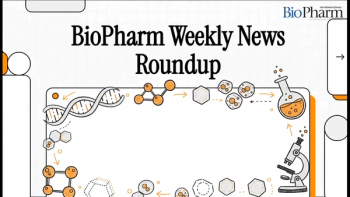
EMA’s Medical Literature Monitoring Begins
The agency started the full operation of its medical literature monitoring on Sept. 1, 2015.
The European Medicines Agency (EMA) announced on Sept. 1, 2015 that its medical literature monitoring service has begun full operation with a total of 400 active substance groups, including 300 chemical active substance groups and 100 herbal active substance groups, being monitored. EMA is making a list of active substances available on its
EMA was given responsibility for monitoring selected medical literature for certain active substances used in drug production by the European Union’s pharmacovigilance legislation. EMA is also responsible for entering identified reports of suspected adverse reactions into the EU’s adverse drug reaction collection ad management system, EudraVigilance.
“By reducing duplication of reporting from multiple pharmaceutical companies, the initiative will improve the safety monitoring of medicines by enhancing the quality and consistency of data reported in EudraVigilance. It is provided as a service to industry which, for the active substances and literature covered by EMA activities, will no longer be obliged to enter information from the literature, on suspected adverse reactions into EudraVigilance. Individual cases of suspected adverse reactions found in the literature will be made available to marketing-authorization holders so they can include them in their safety databases and meet their reporting obligations outside the European Economic Area,” EMA stated in a
Source:
Newsletter
Stay at the forefront of biopharmaceutical innovation—subscribe to BioPharm International for expert insights on drug development, manufacturing, compliance, and more.





